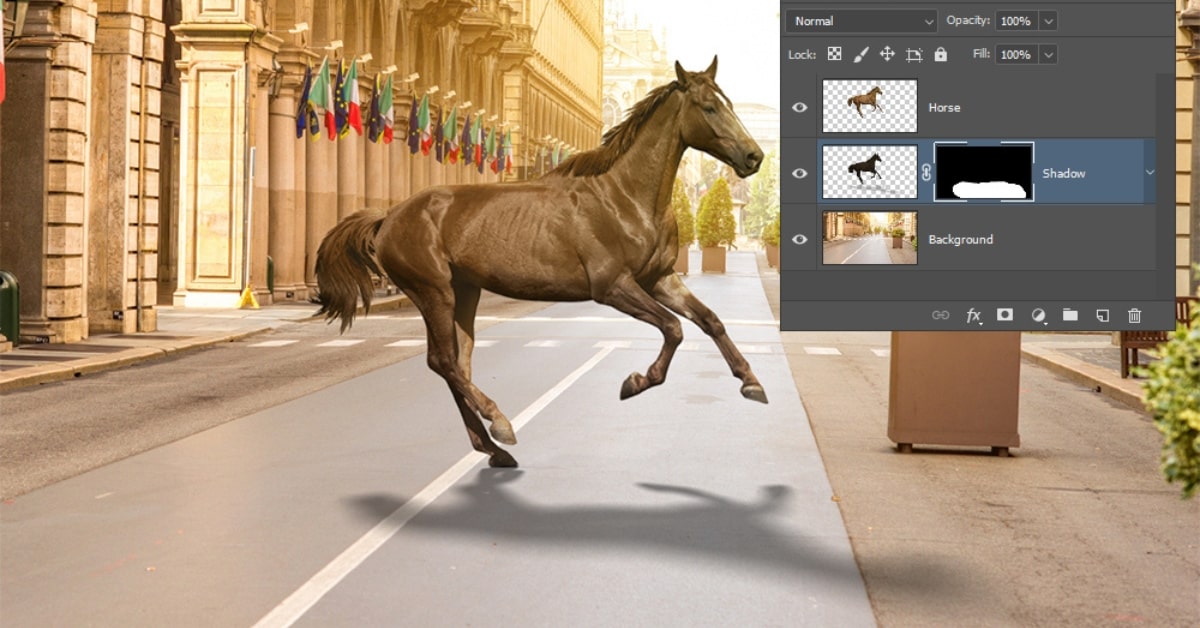In the realm of photo editing, the ability to craft realistic shadows in Photoshop is an invaluable skill. Shadows play a pivotal role in adding depth, dimension, and realism to images, elevating them from ordinary to extraordinary. Let’s explore the art of creating lifelike shadows in Photoshop and how this technique can transform your visual compositions.
Understanding Realistic Shadows in Photoshop
Creating realistic shadows creation in Photoshop involves meticulously mimicking natural lighting conditions to add depth and realism to images. These shadows enhance the visual appeal by grounding objects, establishing spatial relationships, and contributing to the overall authenticity of the scene.
Techniques for Achieving Realistic Shadows
- Understanding Light Sources: Analyze the direction, intensity, and color of the light source in the image. This knowledge guides the placement and characteristics of shadows.
- Using the Shadow/Highlight Tool: Photoshop’s Shadow/Highlight tool aids in adjusting the contrast between shadows and highlights, enabling a more balanced and realistic appearance.
- Softening Edges: Natural shadows have softer edges. Utilize the blur or feather tools to soften the edges of the created shadows for a more authentic look.
- Layering and Opacity: Utilize multiple shadow layers with varying opacities to replicate the complex interplay of light and shadow.
- Blend Modes and Adjustments: Experiment with different blend modes and adjustment layers to fine-tune the shadow’s color, intensity, and overall appearance.
Benefits of Realistic Shadows
- Enhanced Realism: Realistic shadows add depth and authenticity, making images more compelling and believable.
- Visual Depth: They contribute to the perception of depth, creating a sense of space and dimension in the composition.
- Improved Composition: Well-crafted shadows can direct focus, highlight details, and create a balanced visual hierarchy within the image.
FAQs
Is it challenging to create realistic shadows in Photoshop?
Mastering realistic shadows in Photoshop requires practice and an understanding of lighting principles but becomes more intuitive with experience.
Can these techniques be applied to various types of images?
Yes, the principles of creating realistic shadows in Photoshop apply across different types of images, from portraits to landscapes and product photography.
Are there any specific tools or plugins for creating realistic shadows in Photoshop?
While some specific plugins or actions aid in shadow creation, mastering Photoshop’s native tools provides extensive control and customization options.
Do these techniques work in older versions of Photoshop?
Yes, the fundamental techniques for creating realistic shadows remain consistent across different versions of Photoshop.
This page was last edited on 27 February 2024, at 5:52 pm
